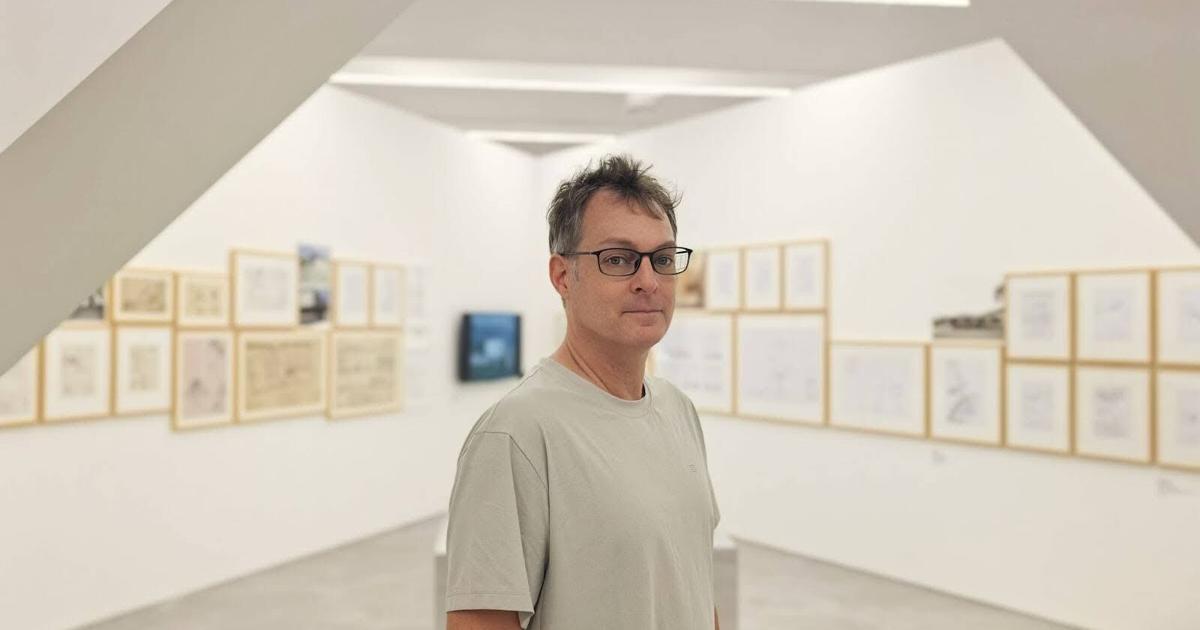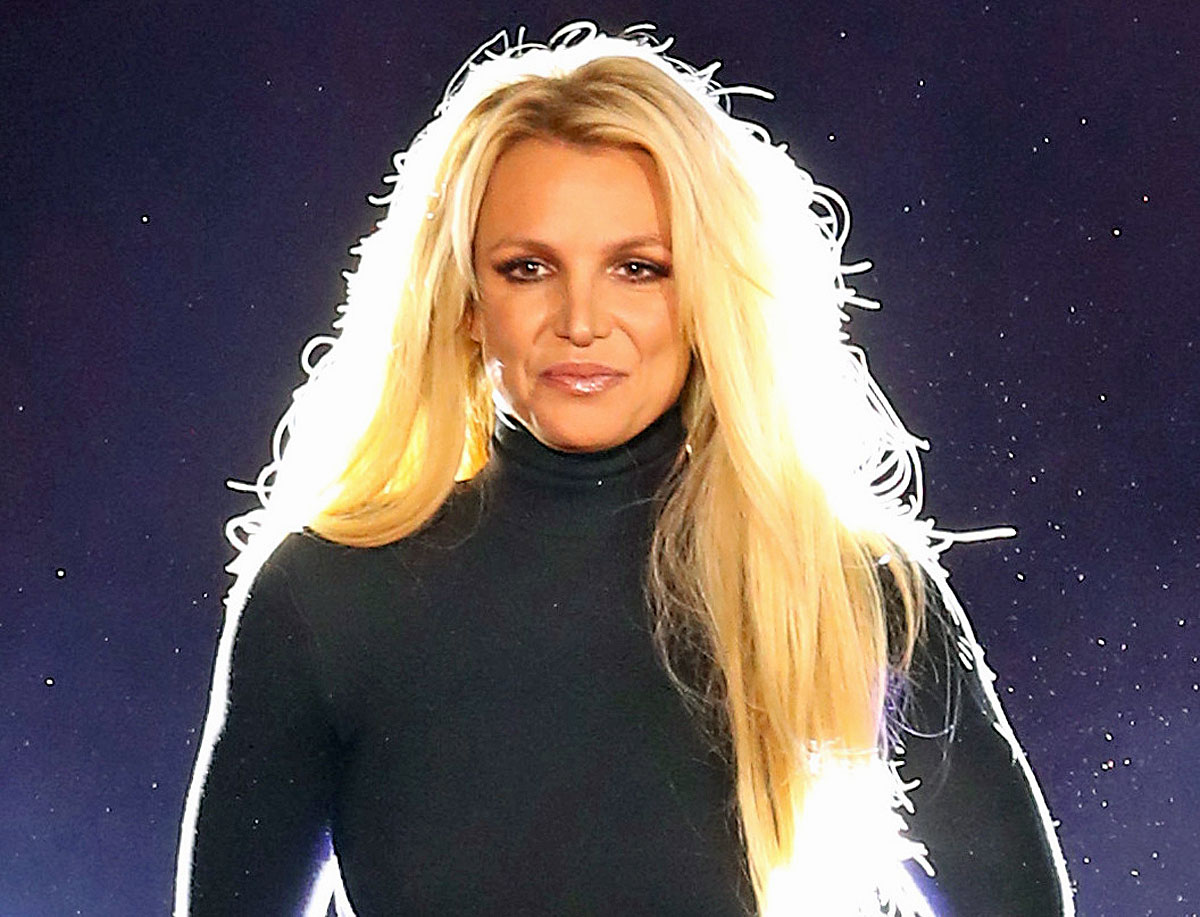Copyright thestar

For more than two decades, American McGee’s imagination has anchored itself to the warped heart of fairy tales. His earliest games twisted childhood stories into dark mirrors, exposing scars, silence, and the flicker of hope. Today he stitches those same tales anew through felt, thread, and soft embrace. The jump from game design pioneer to plush artisan might seem unlikely. In McGee’s vision, both mediums speak to a single truth: fairy tales endure because they carry what we cannot say. McGee treated Wonderland as a reflection of trauma and a crucible in which to transform that trauma. In American McGee’s Alice, the broken psyche of its heroine is mirrored in a Wonderland corrupted: echoing trauma, denial, and the quest to reclaim something lost. His Grimm series twisted familiar folktales into moral tests and shadows. In those games, the stories confronted and the plush world McGee now inhabits does something different: it comforts by invitation, bearing the marks of darkness yet welcoming softness. The choice feels natural in hindsight. Fairy tales, even at their most nightmarish, are frameworks in which we confront fear, loss, identity. They give shapes to the unspeakable. In games, McGee used them to fracture and rebuild the narrative. With plushies, he reanimates them as companions, as mirrors, as emissaries. Plushies as Palimpsest Plushie Dreadfuls calls itself a maker of “peculiarly patched friends.” The catalog includes what McGee describes as memorials to inner struggle: mental illness, and trauma. Each creature bears visual quirks that tell of imperfection, of wounds stitched but not hidden. In their imperfection lies a proclamation that brokenness is not shameful. The Victorian McGee’s Alice line exemplifies this philosophy. The plush Cheshire Cat has fur “soft as fog” and button eyes full of riddles; his grin is both mischievous and wise. The Alice Bunny wears a dress inspired by the original Alice stories and the dark spirit of American’s games, carries a tiny “Drink Me” potion, bears a sigil on her tummy, she is play, memory, mourning, and homage. Even the Goth Boy Rabbit channels McGee’s own past: “Goth Boy Rabbit is the plush rabbit incarnation of American McGee when he was a young goth lad running wild,” the site states. McGee has said: “With Plushie Dreadfuls, my team and I created entire product lines dedicated to mental health and LGBTQIA+ issues … We hear from a lot of people that having a material object that represents something they normally can’t see is powerful self-acceptance.” That is the heart of this crossover: plush as empathy. The creatures are soft, but they are also statements, invitations to talk, symbols that one’s inner self is permitted to exist in the world. These plush figures also carry the echoes of McGee’s gaming years. The motifs of Wonderland, lost stories, fractured identity are layered upon each rabbit or cat. The plush becomes a palimpsest: you see the new form, but you feel the history underneath. A fan review of the Alice Bunny confirms this: “Her dress is perfect and just like the Alice we know from the games.” Fairy Tales, Trauma, and Return Paths From his early years, McGee faced dark revelations. He has publicly shared how he endured abuse and psychological struggle, and how those experiences shaped his art. In Alice: Madness Returns, Alice’s trauma is central. The game allows the player to confront fractured memory, hallucination, guilt, and redemption. Clouds of symbols, broken mirrors, abandoned asylums, all map the terrain of a fragile self. That gaming work remains core to McGee’s identity. When he pivoted toward plush, he transposed the terrain. The soft forms do not shy from the same emotional logic: loss, identity, intersectionality. He frames plushies as “something good waiting when you’re still in the dark.” He grafts the emotional weight of his past games onto new canvases, transforming darkness into comfort, memory into touch. Fans hope this is not a permanent departure from games. The very website that sells the plushies maintains a connection to his gaming legacy. Some have hinted that Plushie Dreadfuls appears to be building a huge character library that could easily be re-imagined as film, TV, or games. The themes are ready: interwoven fairy tales, personal identity, trauma, reclamation. If he goes back into game design, those plushies may serve as seeds of narrative. A quote from the Cheshire Cat in the first Alice game captures both darkness and daring: “Only the insane equate pain with success.” That line, born in a game context, resonates loudly in his plush mission. The road he walks is about turning it into conversation, into visible form. The plush rabbits invite dialogue, acceptance, solidarity. A New Page, Same Story McGee’s journey bends back, folds upon previous paths, and writes new margins into old stories. His games changed how fairy tales could feel: grimmer, more adult, more haunted. Now his plushies explore how we live with those hauntings and how we comfort ourselves when fear, identity, or trauma silently presses against the skin. The enduring power of a fairy tale is that it survives retelling. McGee has retold, remade, and mutated stories from Carroll to the Grimms. In his new phase, the stories live not just in visual form but in heartbeats and stitches. A Cheshire Cat plush smiles in twilight; a PTSD Bunny holds a silent witness. The terrors stay, but the light is softer now. If McGee returns to gaming, as many hope, he will carry every plush, every flaw, every story into that world. The soft creatures will hover at the margins or perhaps step into the frame. The stories themselves do not change, only their costume. Deep down, they reflect on who we are, what we have lost, and what we can reclaim. Through every medium, McGee continues to answer: we are the broken, the mended, and the dreaming.



